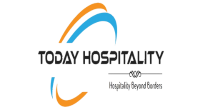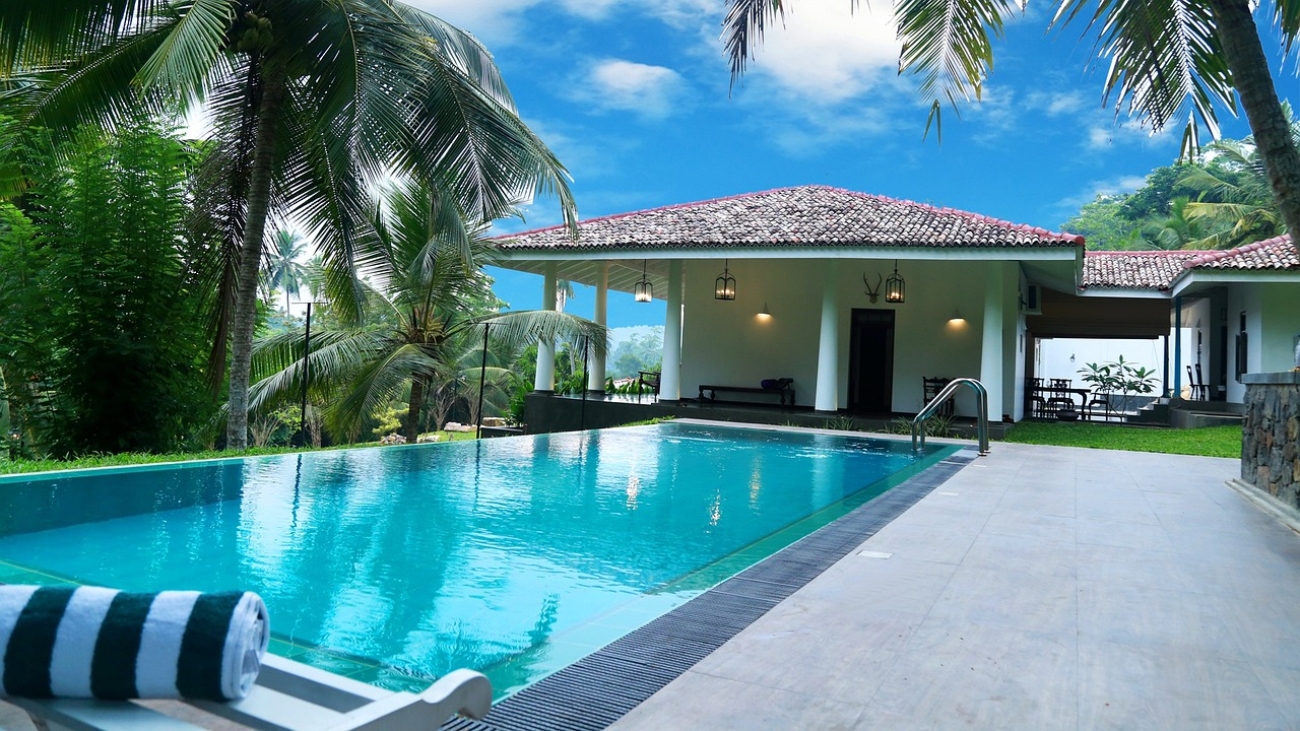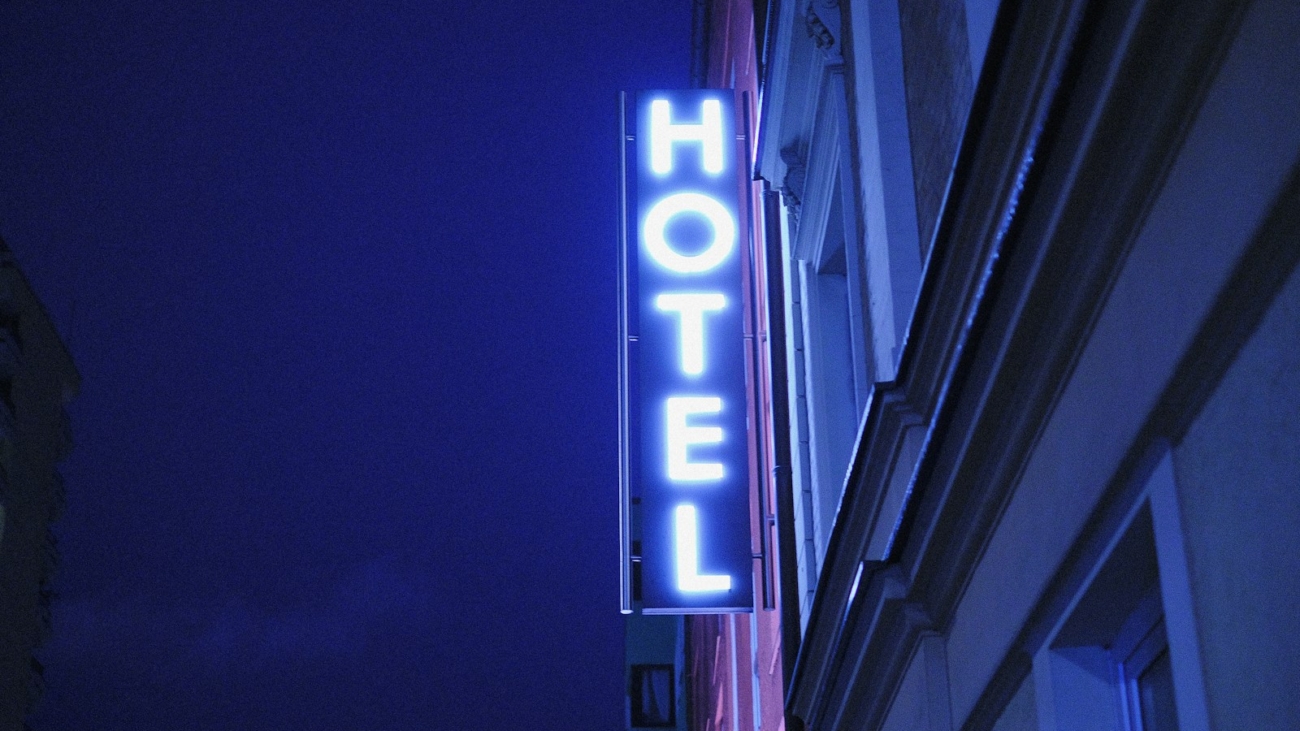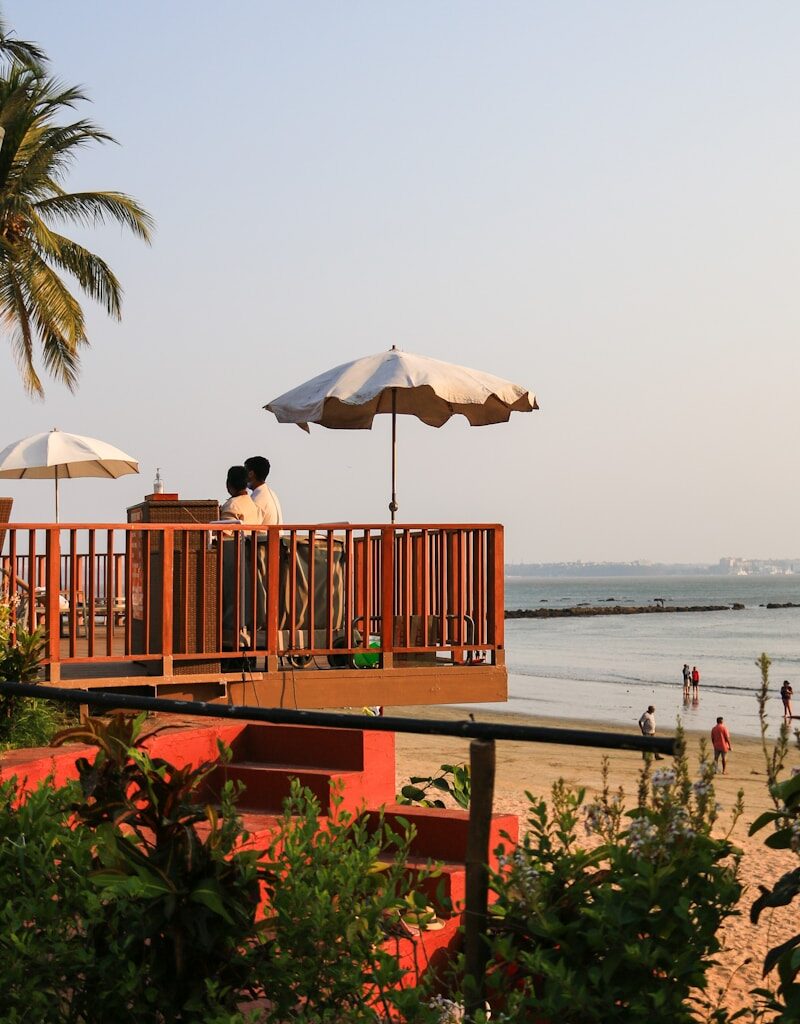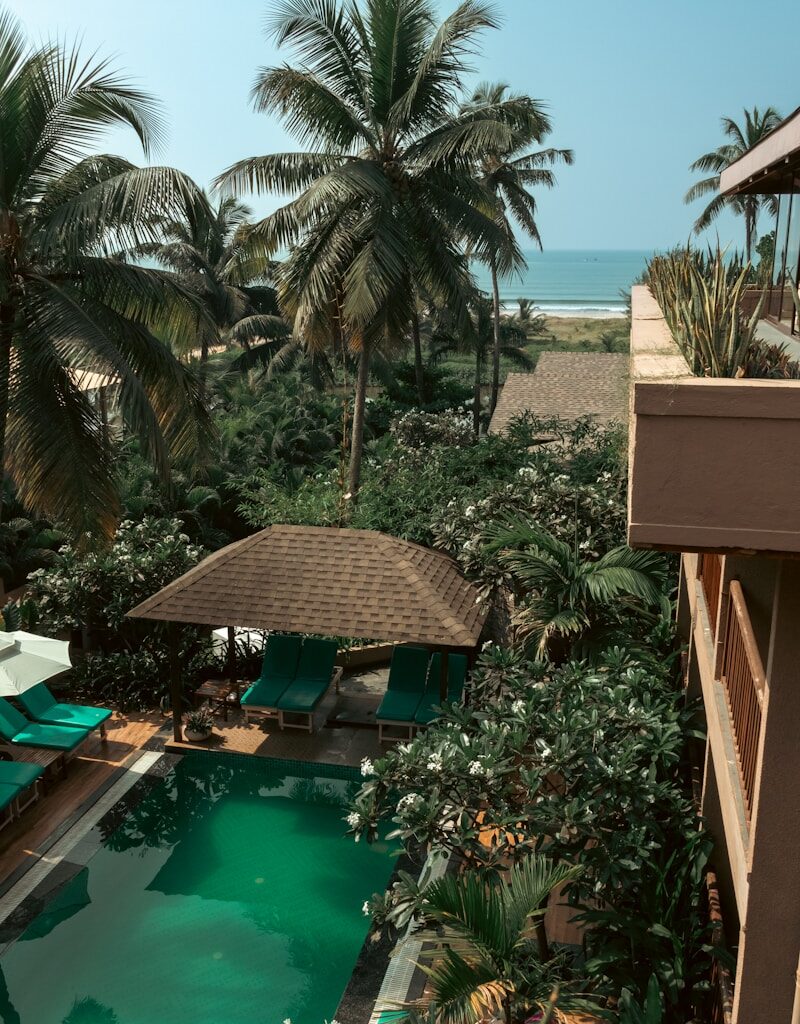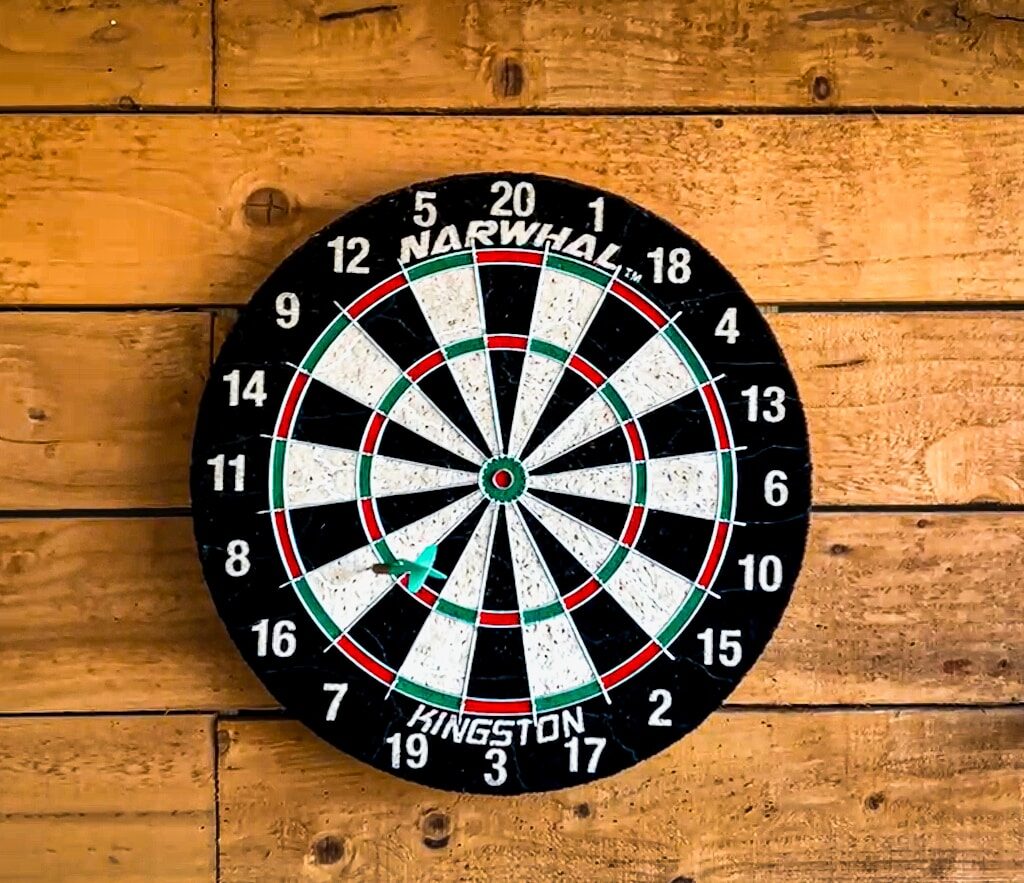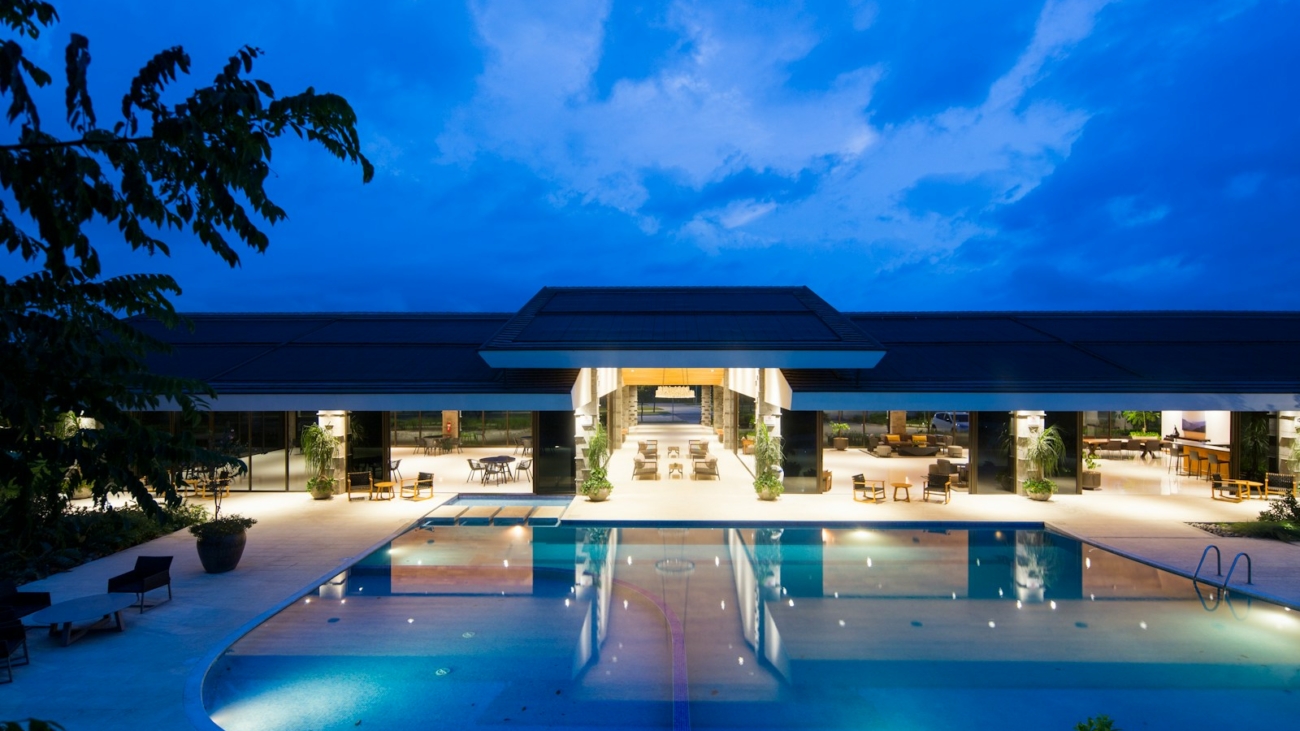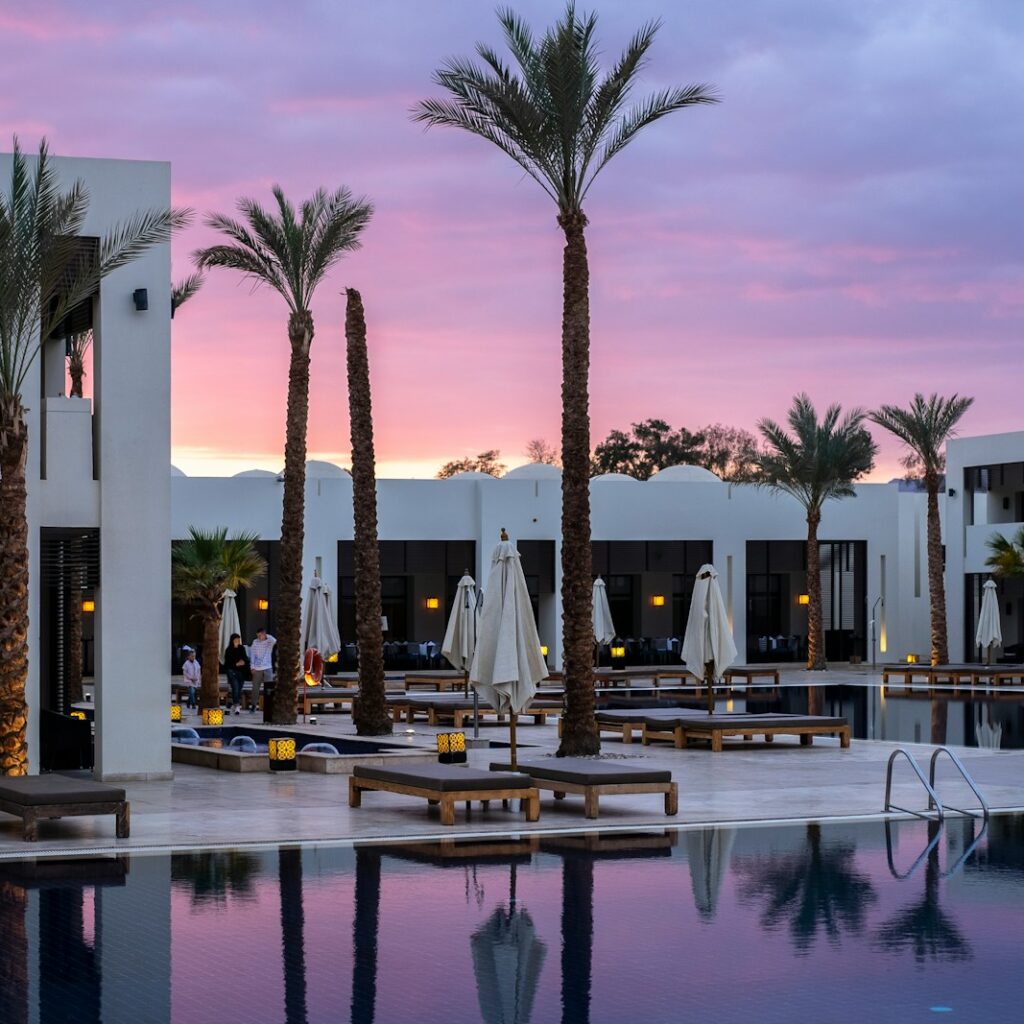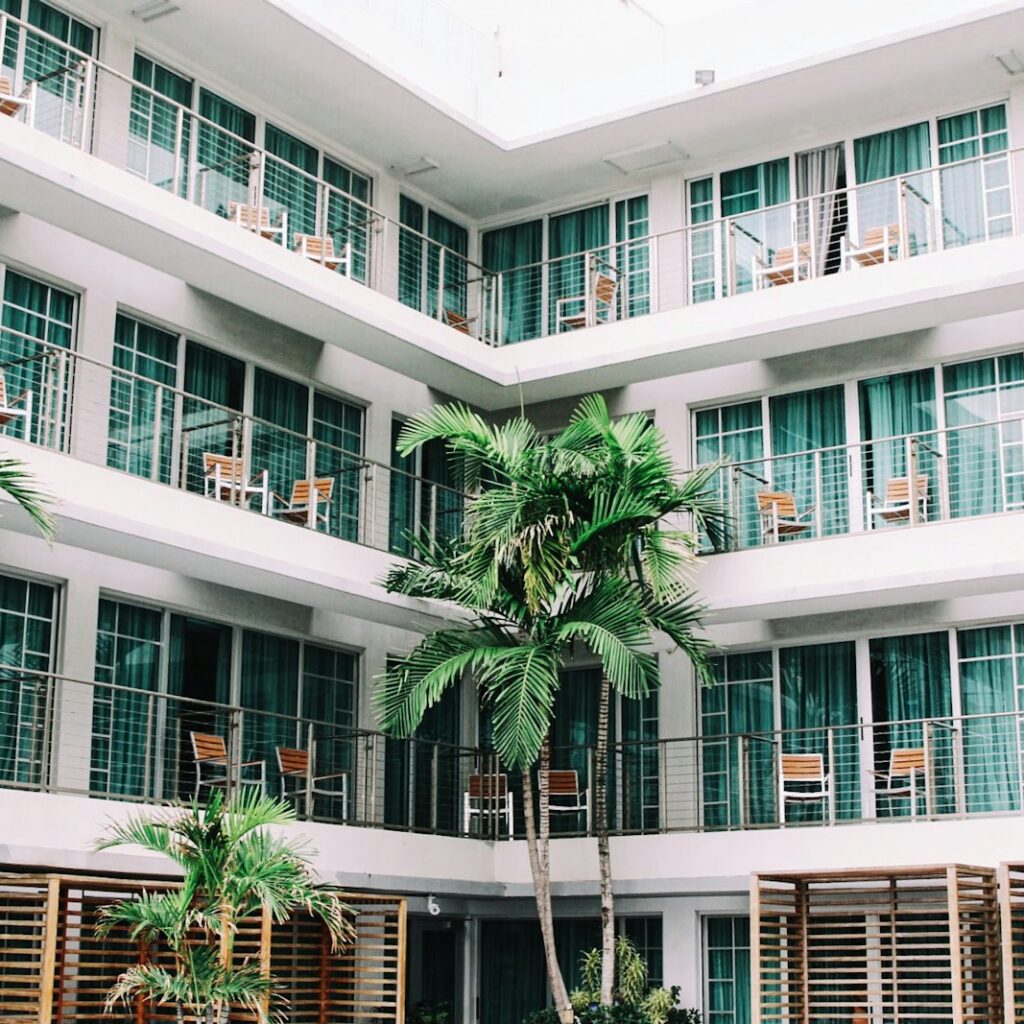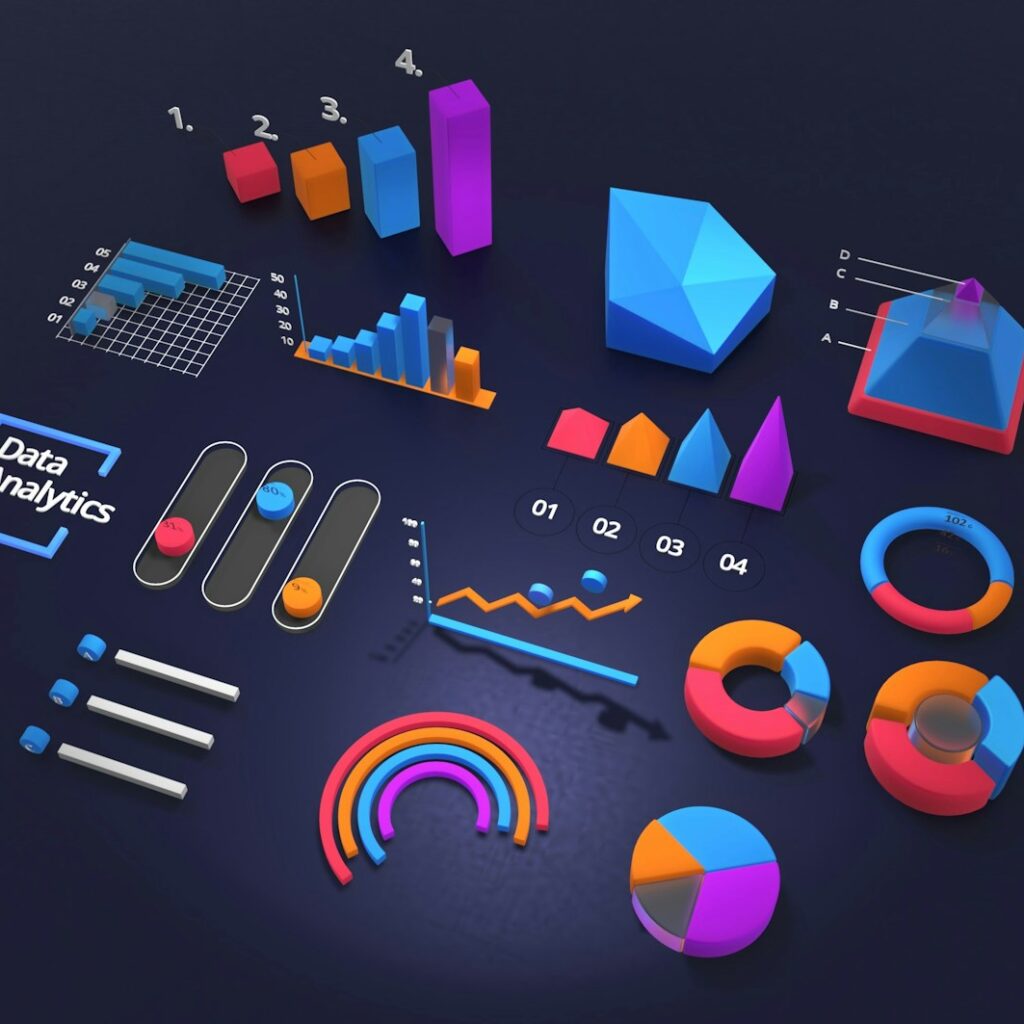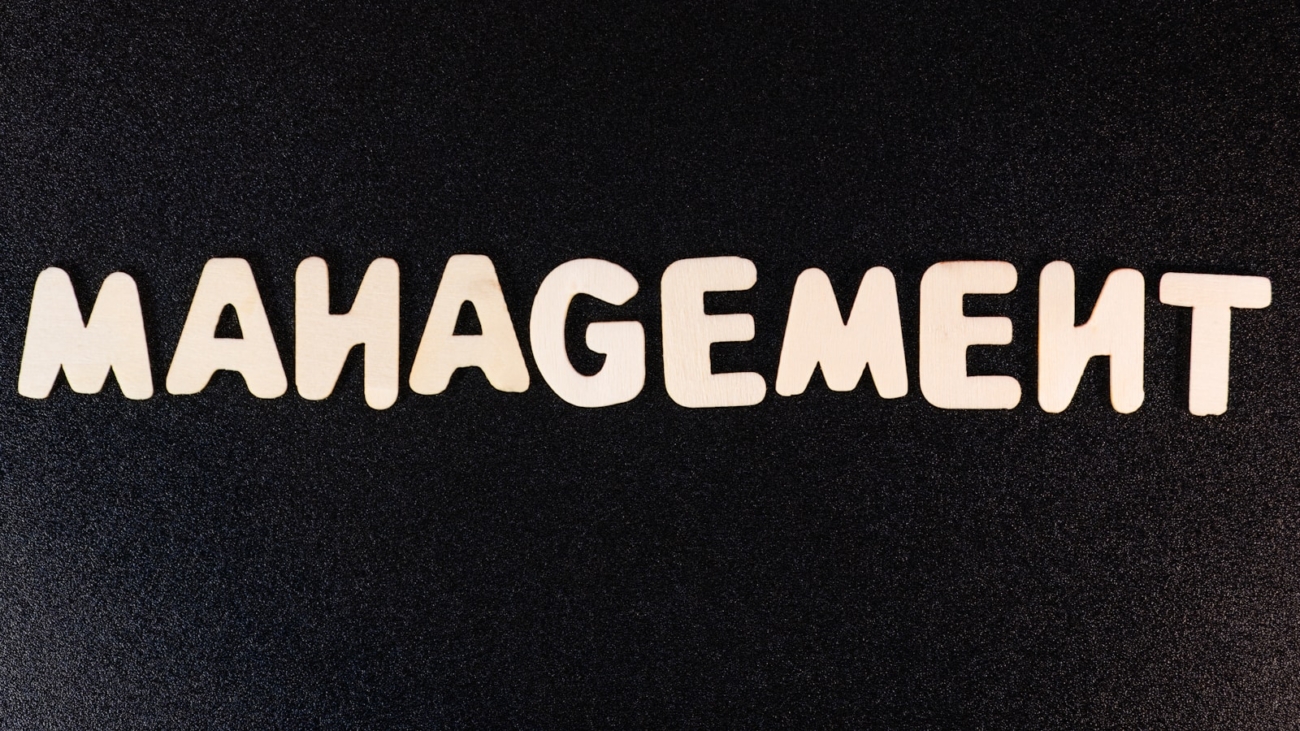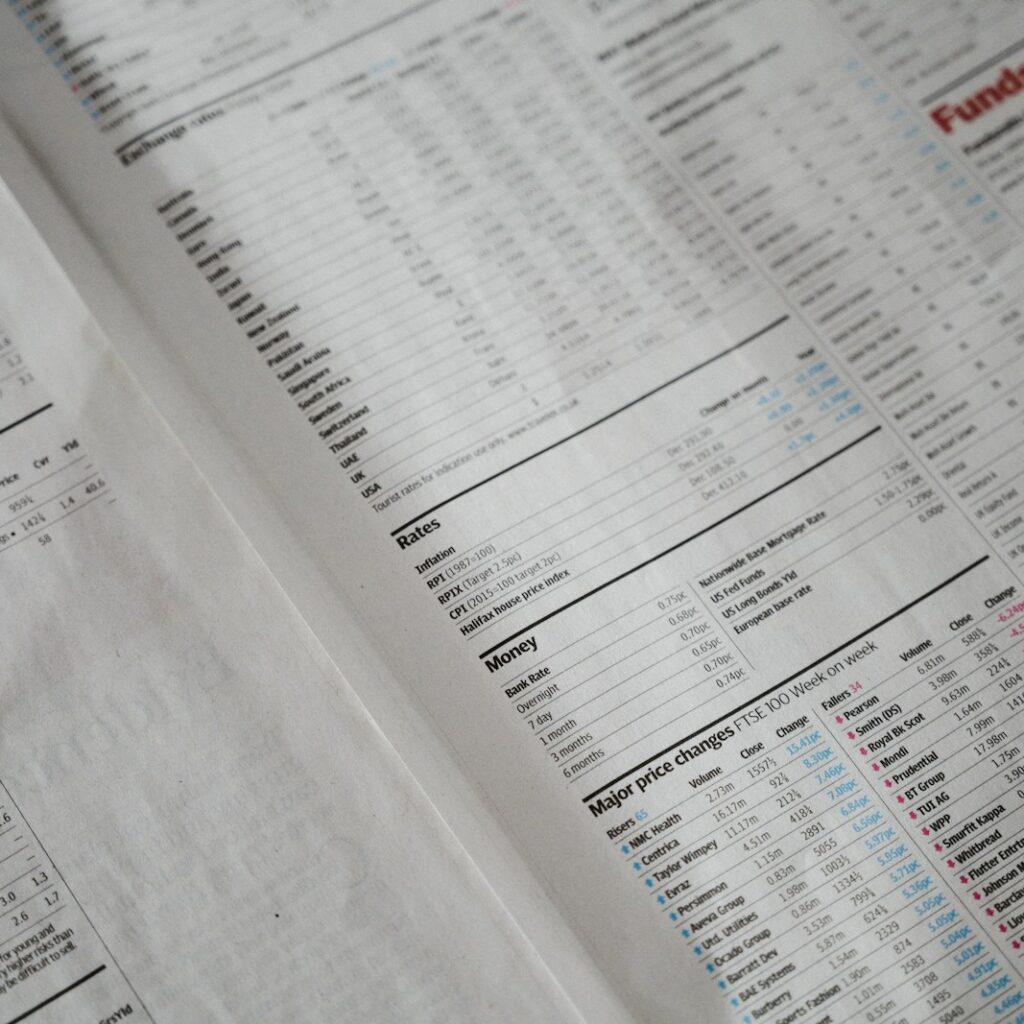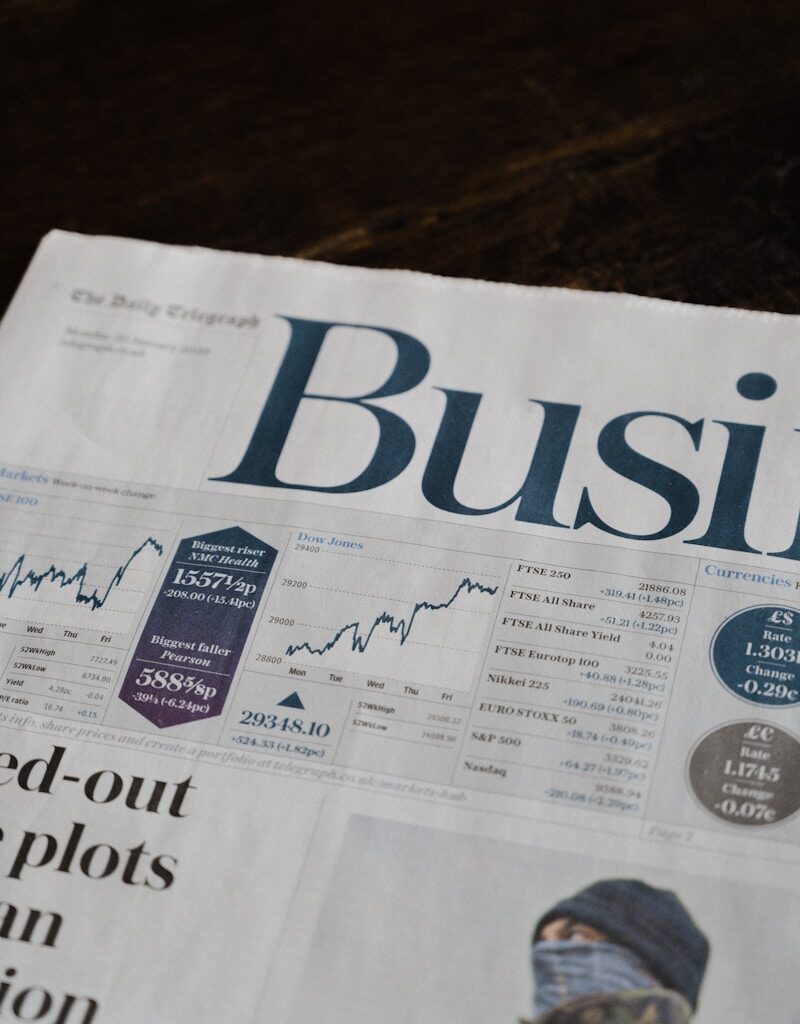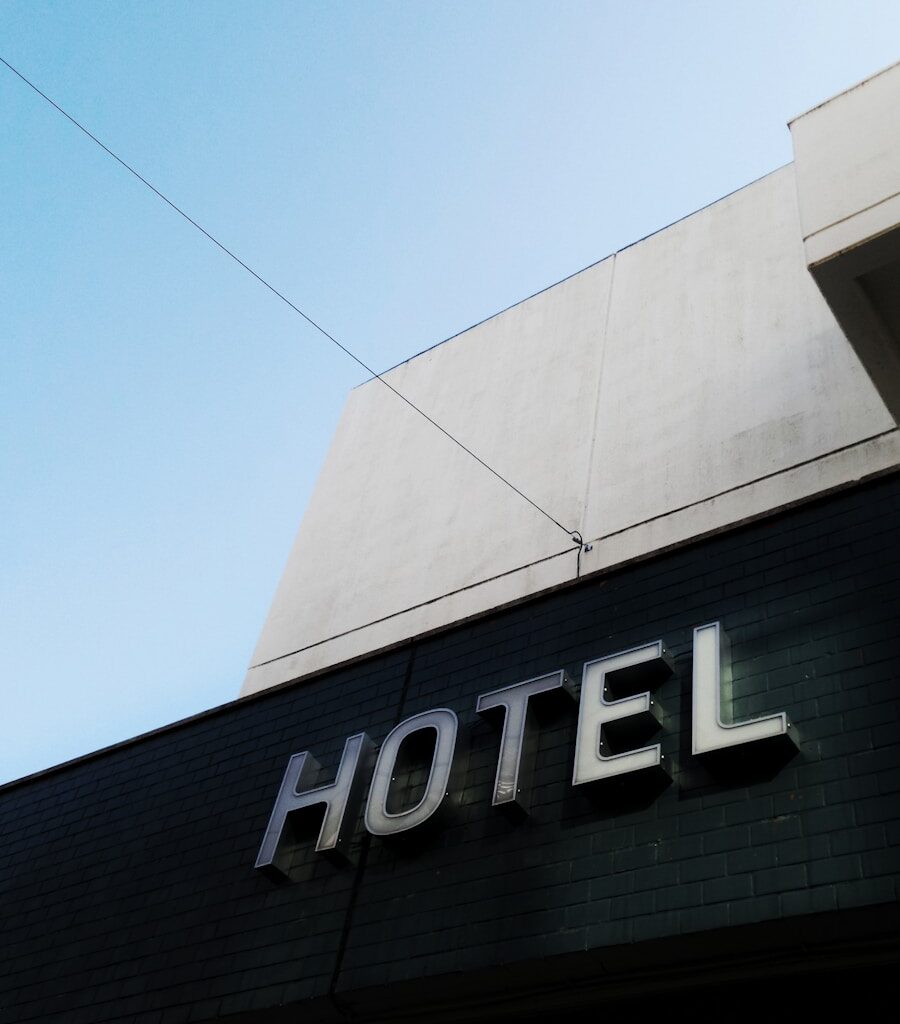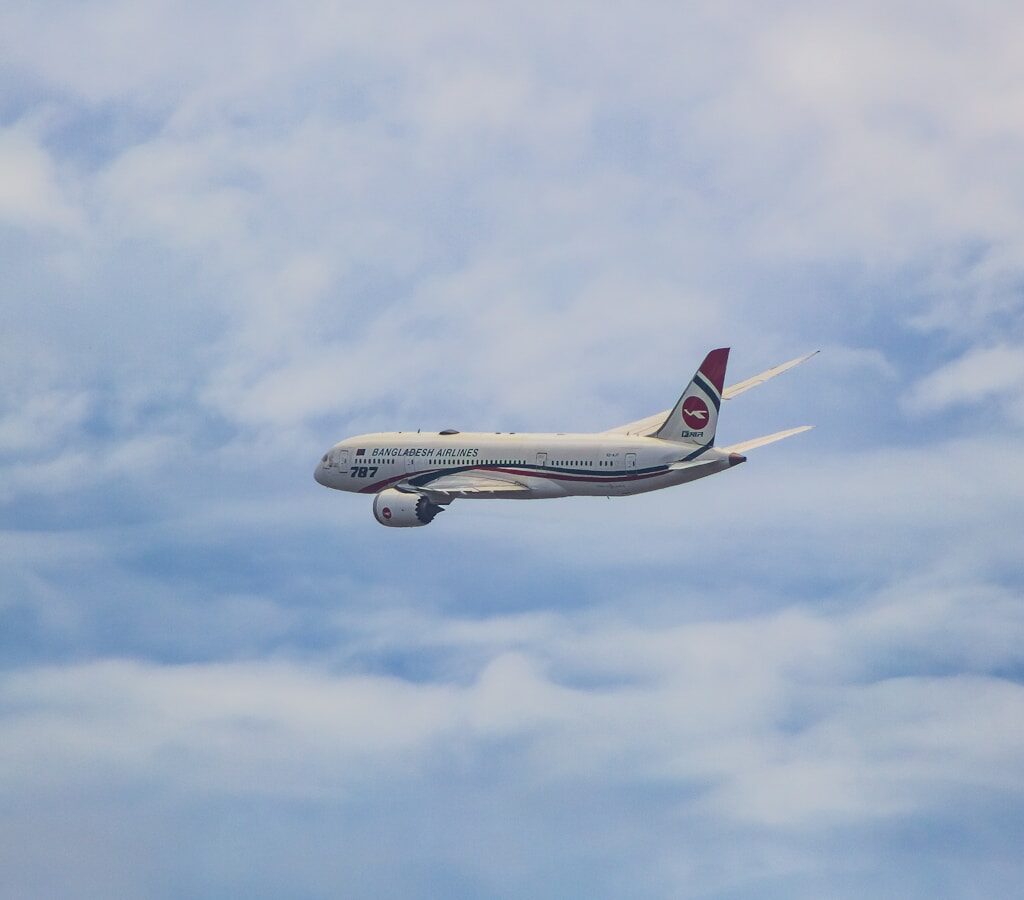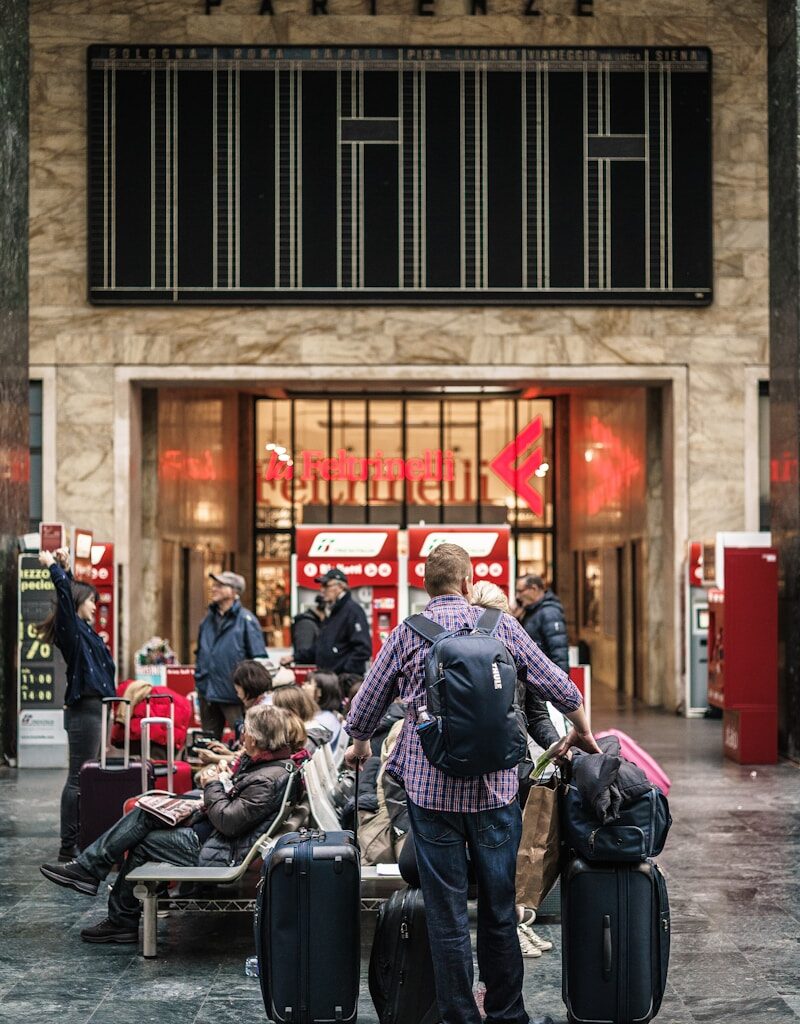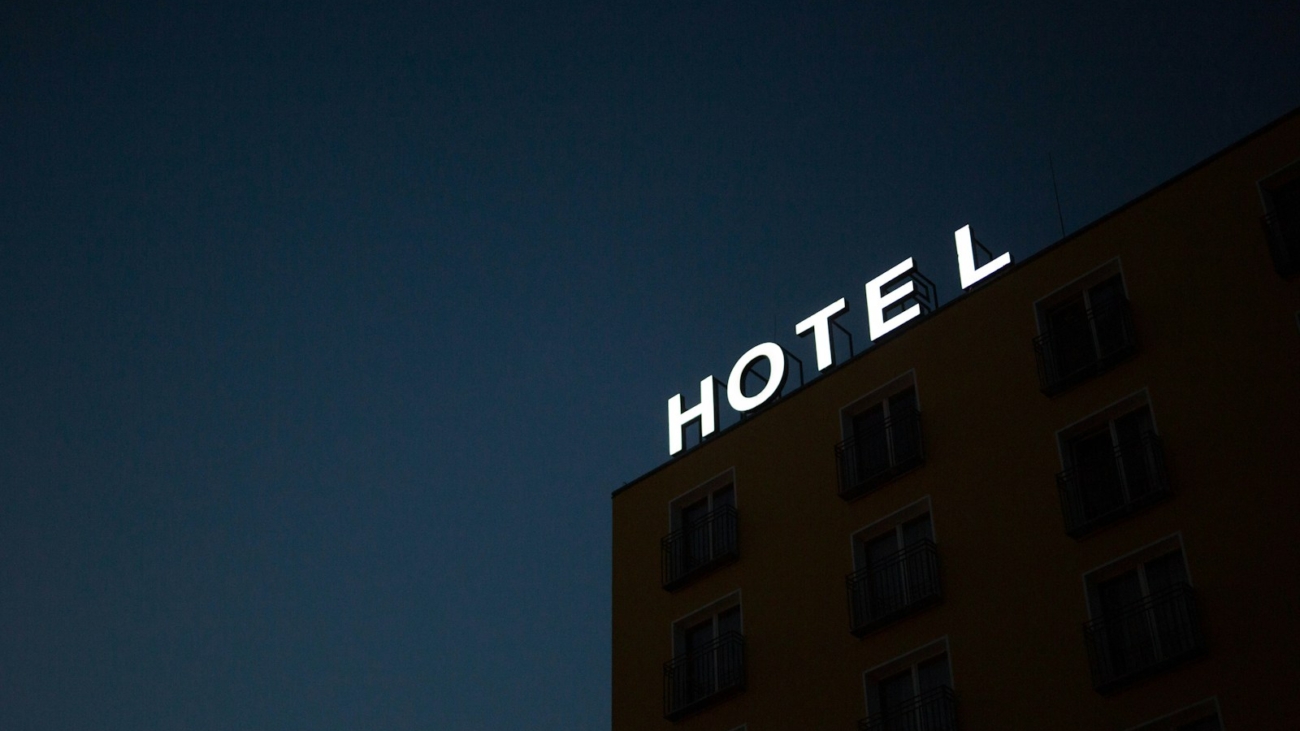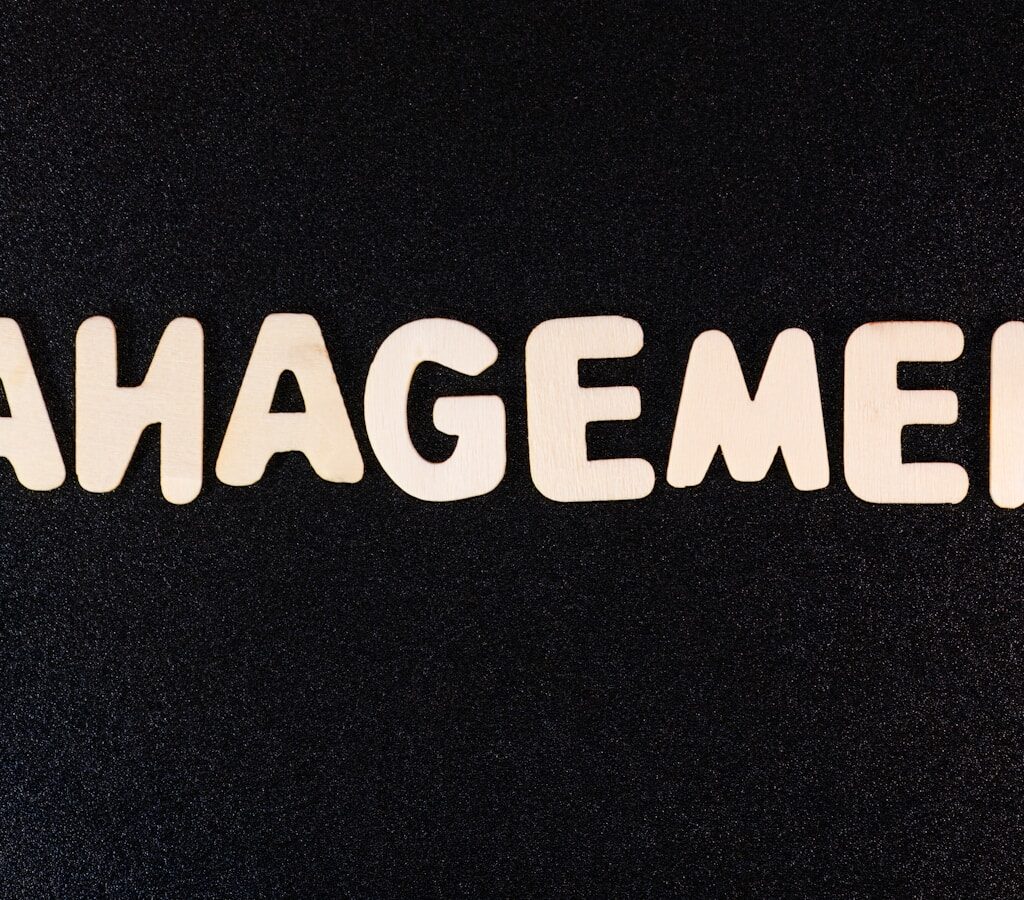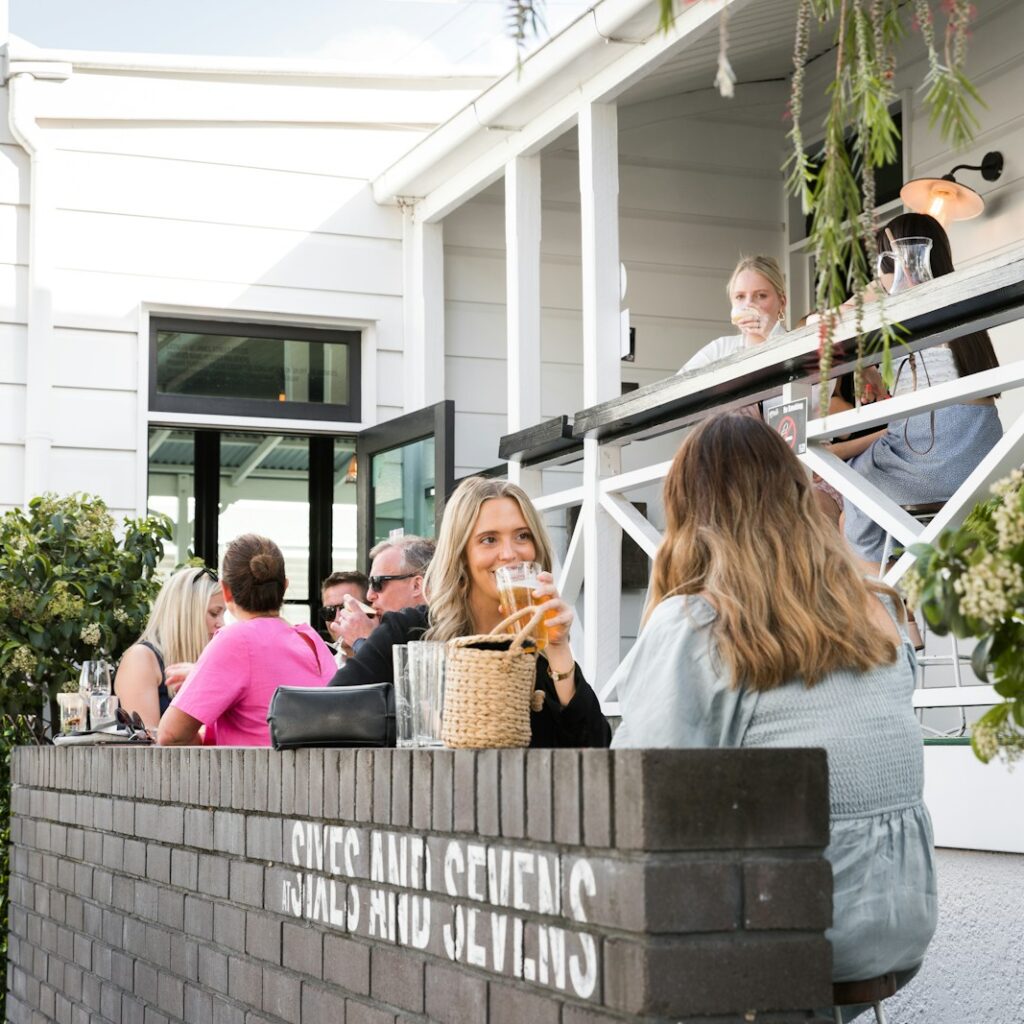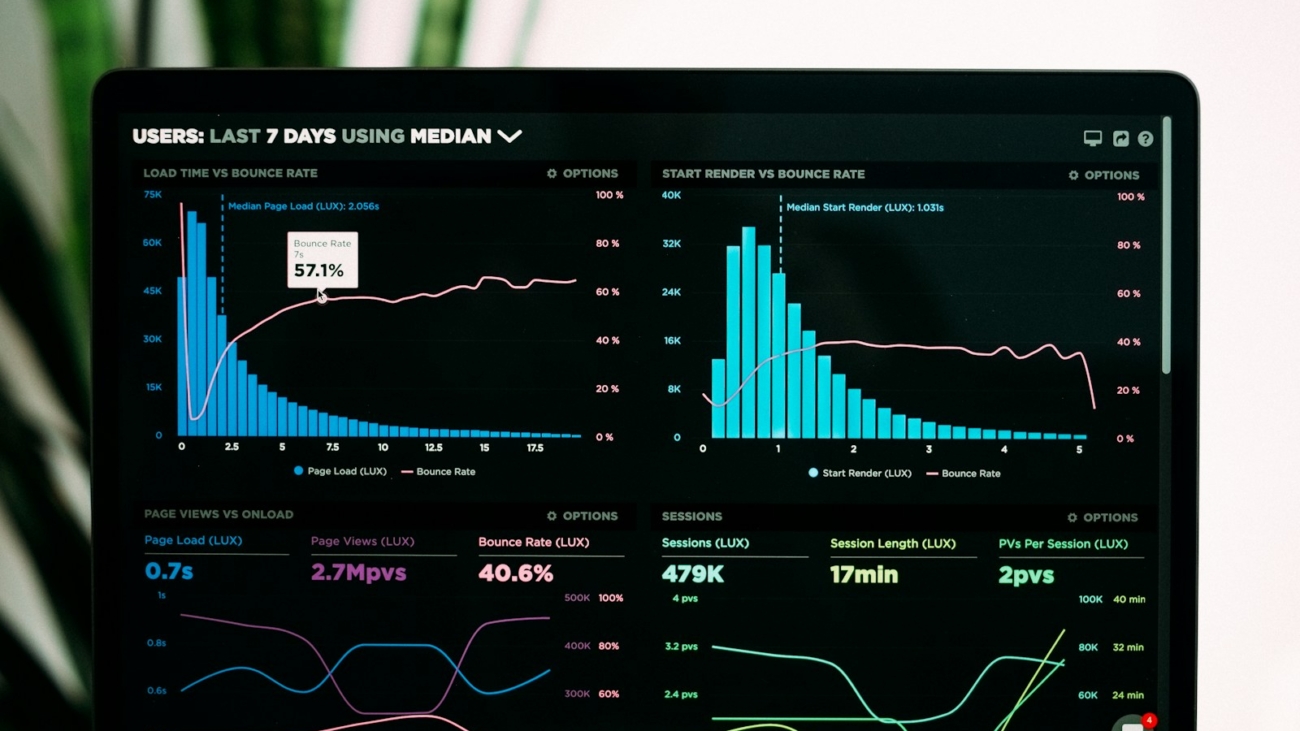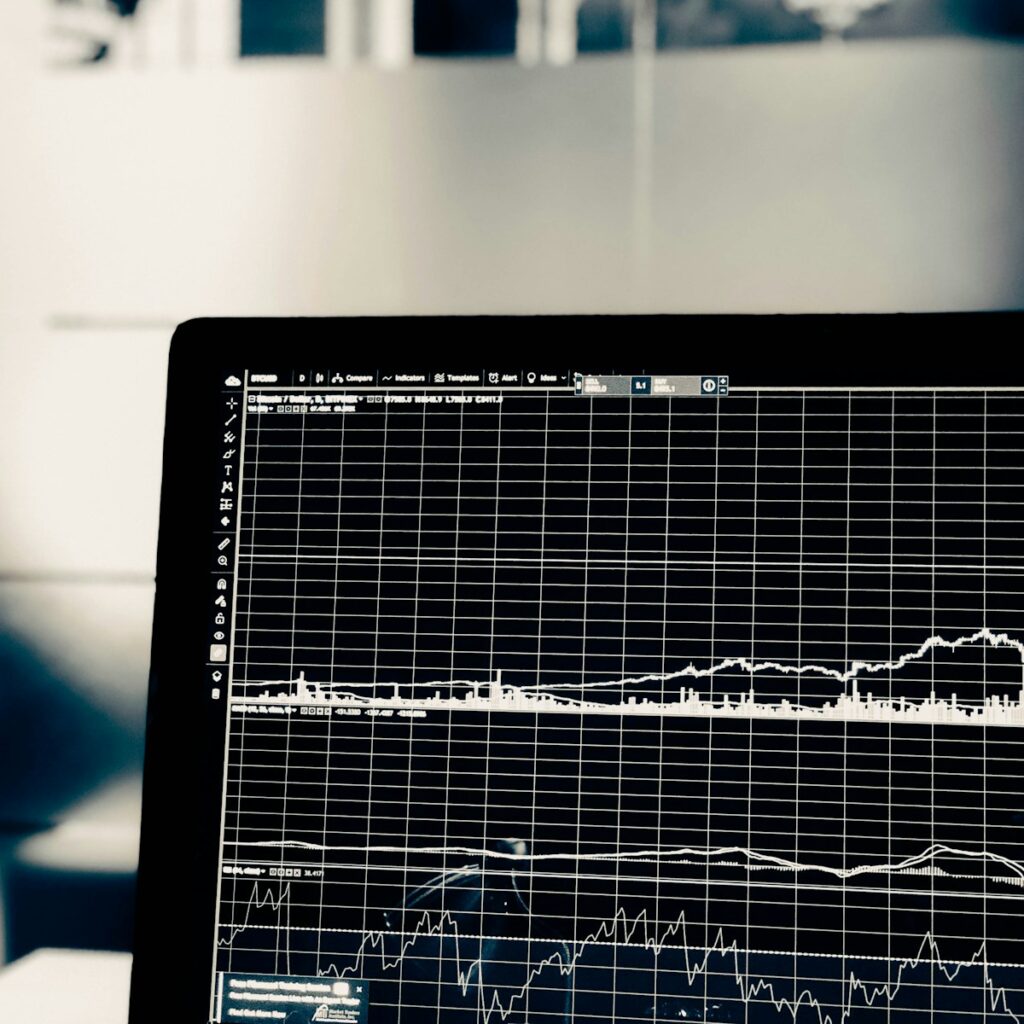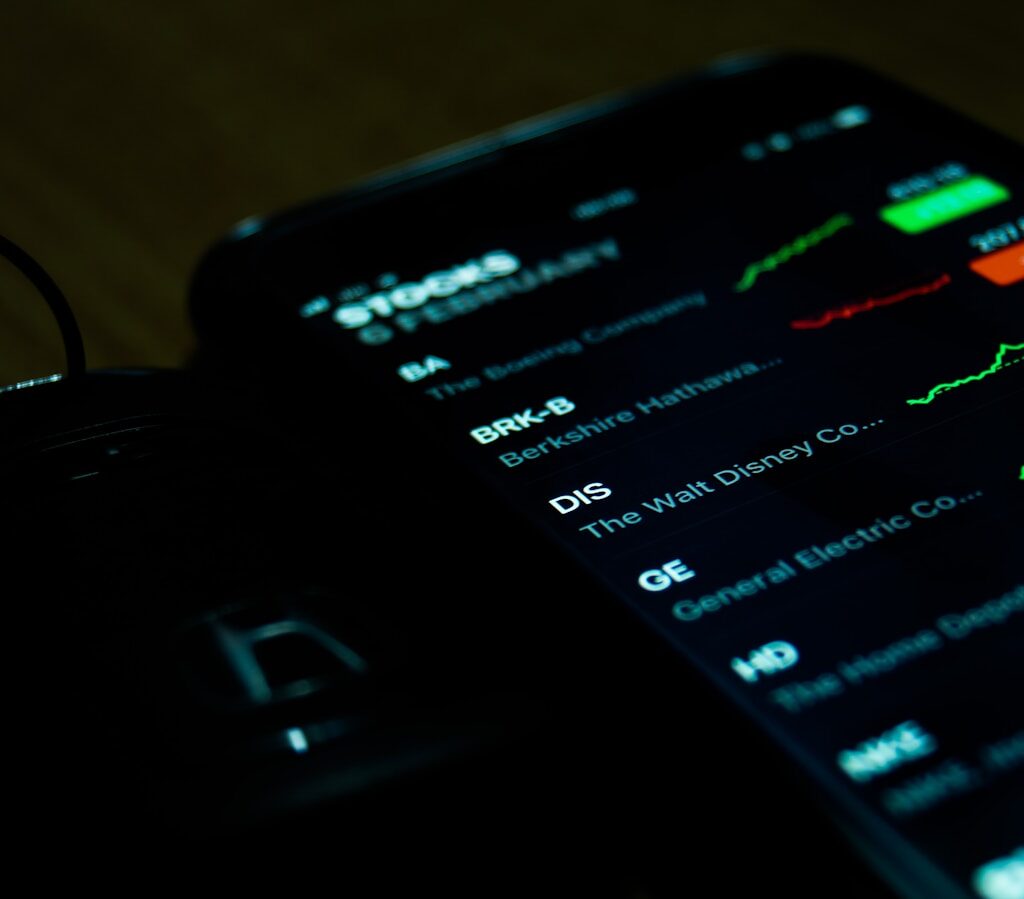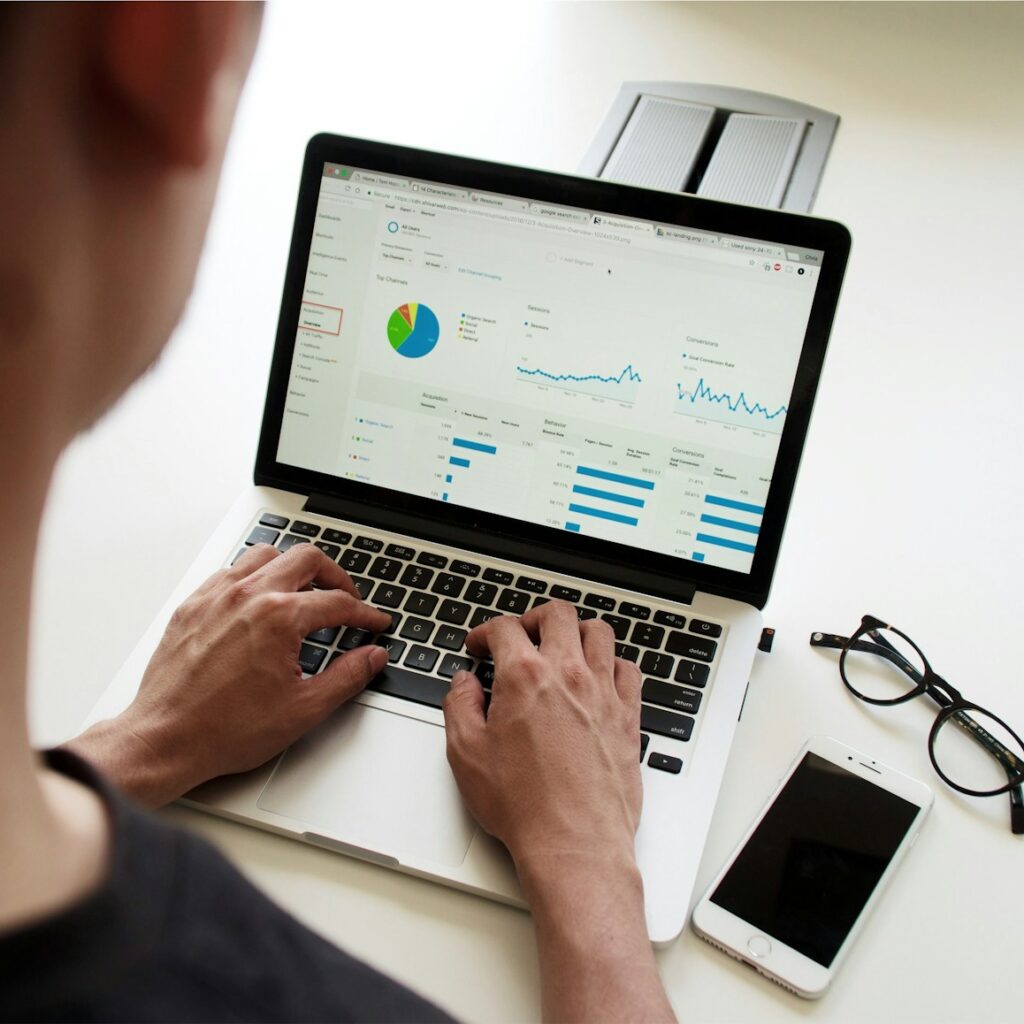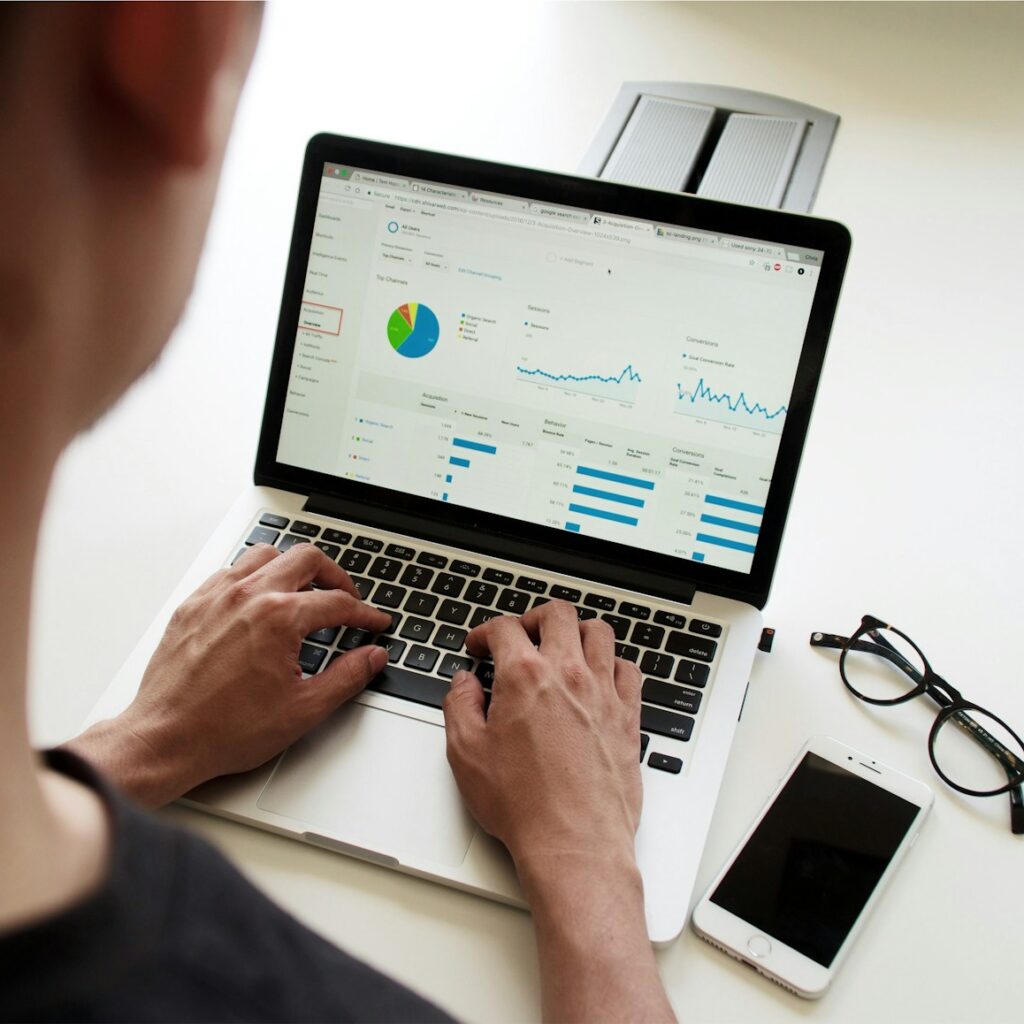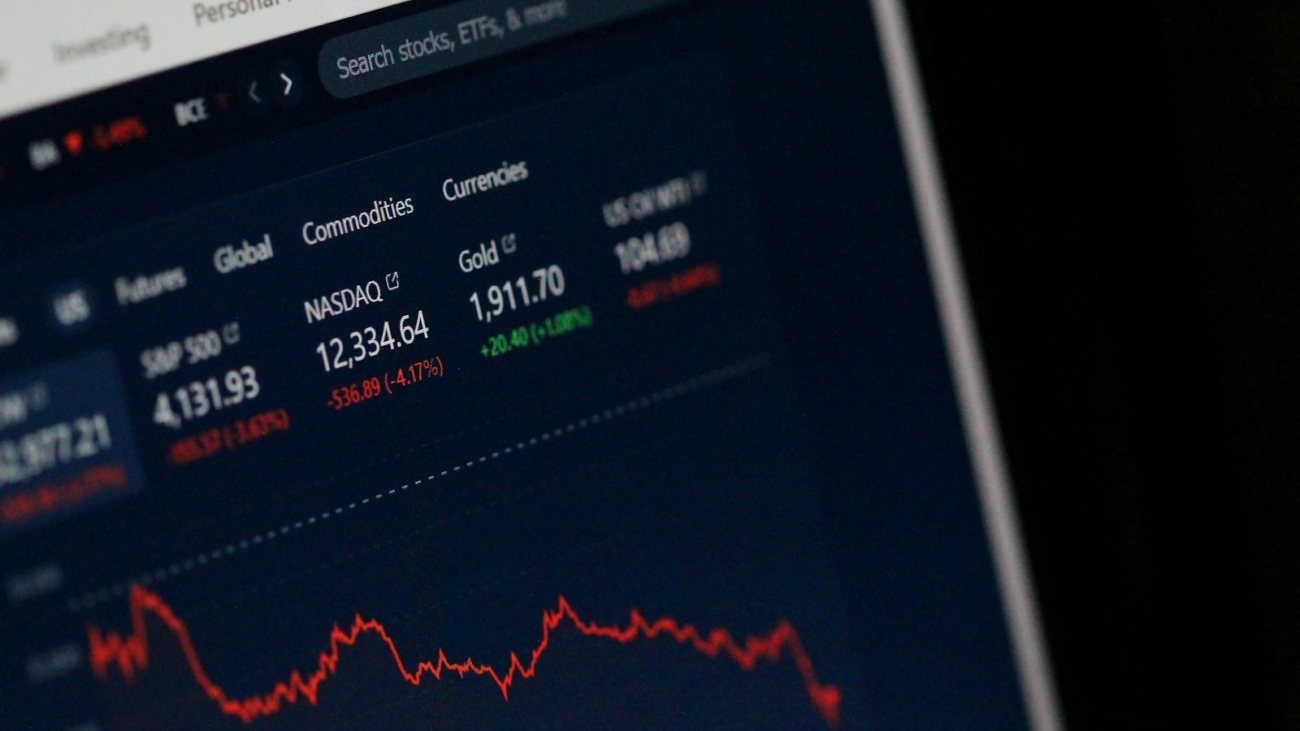In the fast-paced world of hospitality, daily revenue management is one of the most effective strategies to maximize a hotel’s financial performance. By constantly adjusting room rates, occupancy strategies, and sales tactics based on real-time data, hotels can optimize their revenue, increase profitability, and improve overall guest satisfaction.
In this blog post, we’ll explore how adopting daily revenue management practices can transform your hotel business, from optimizing occupancy rates to creating a more personalized experience for your guests.
What Is Daily Revenue Management?
Daily revenue management is the practice of adjusting your hotel’s pricing, inventory, and promotional strategies on a daily basis based on real-time data. This approach allows you to react swiftly to changes in demand, market conditions, competitor pricing, and guest booking behavior, ensuring that you are always making the most of your available inventory.
Unlike traditional revenue management strategies that typically rely on forecasts and long-term trends, daily revenue management focuses on the immediate, ensuring that your pricing is dynamically adjusted based on short-term factors like:
- Local events or seasonal changes
- Competitor pricing adjustments
- Changes in consumer demand or booking patterns
- Historical data and real-time booking trends
By applying daily revenue management, you can optimize both room rates and occupancy levels, filling rooms at the highest price possible without sacrificing guest satisfaction.
Improved Pricing Strategies with Dynamic Rate Adjustments
One of the key components of daily revenue management is dynamic pricing. Instead of setting a fixed room rate for a certain period, dynamic pricing adjusts based on real-time factors such as booking pace, time to arrival, demand fluctuations, and competitor activity. Here’s how daily adjustments can benefit your hotel:
- Higher revenue per room: When demand is high, you can increase room rates to capitalize on guests willing to pay more for limited availability.
- Competitive advantage: By adjusting rates in response to competitors’ actions, you can stay ahead of market trends and offer more attractive pricing.
- Optimized occupancy: During low-demand periods, reducing rates can help boost occupancy and prevent rooms from staying empty, which ultimately increases your overall revenue.
This flexibility in pricing ensures that you maximize revenue from every available room without alienating potential guests due to overpricing.
Real-Time Adjustments Based on Demand and Booking Pace
The ability to monitor and adjust to changes in demand is crucial for a hotel’s success. Daily revenue management allows you to track booking patterns and occupancy levels on a granular, daily basis, enabling immediate changes when necessary.
- Booking Pace Analysis: Understanding how quickly or slowly bookings are coming in helps you predict demand and adjust rates. For example, if bookings are coming in faster than expected, you can increase prices to capture more revenue.
- Event-Based Adjustments: Local events, conventions, or holidays can drive up demand, while events getting canceled can decrease demand. Daily monitoring helps you make adjustments accordingly.
- Last-Minute Discounts: If your hotel has unsold rooms as the day approaches, you can offer targeted discounts to fill them. This helps increase occupancy without resorting to last-minute panic discounts, preserving your brand value.
These real-time adjustments prevent the issue of underpricing during peak times or overpricing during low-demand periods, maximizing revenue throughout the booking cycle.
Optimizing Distribution Channels for Maximum Reach
Effective daily revenue management also involves monitoring and optimizing your distribution channels. OTAs (Online Travel Agencies), direct bookings through your website, and corporate or group bookings all have different costs and benefits.
- Channel Pricing Control: You can adjust prices for different channels based on demand. For example, if bookings on OTAs are slower, you may lower the price there to attract more guests, or offer exclusive rates on your website to encourage direct bookings.
- Channel Performance Tracking: By reviewing booking patterns on each distribution channel, you can identify which channels are performing well and adjust accordingly. For example, if a specific OTA is underperforming, you can allocate more inventory to better-performing channels.
This flexibility ensures that your hotel’s availability and pricing are optimized across all distribution channels, helping you reach more guests and maximize revenue from each platform.
Utilizing Forecasting Data to Predict Short-Term Trends
Although daily revenue management is about reacting to immediate changes, forecasting still plays an important role in setting realistic expectations. With the right tools, you can forecast short-term trends based on historical data, local events, weather patterns, and more.
- Demand Forecasting: Predicting short-term demand allows you to adjust rates before changes happen. For example, if you anticipate a surge in demand due to a local festival, you can raise prices well in advance to maximize profit during peak times.
- Booking Window Analysis: Understanding the average booking window (the time between when a reservation is made and the check-in date) allows you to predict future occupancy levels and adjust pricing accordingly.
Accurate forecasting helps you anticipate demand fluctuations, prevent underpricing, and ensure that you’re always prepared to make smart pricing decisions on a daily basis.
Enhancing Guest Experience Through Personalization
Daily revenue management isn’t just about maximizing profits; it’s also about enhancing the guest experience. By understanding booking patterns and guest preferences, you can personalize offers and services, which ultimately leads to higher guest satisfaction.
- Customized Packages: Use data from previous stays and booking habits to offer customized packages for returning guests, such as early check-in, late check-out, or room upgrades.
- Targeted Promotions: Offer targeted promotions based on booking patterns, such as discounts for guests booking during off-peak times or last-minute deals for spontaneous travelers.
- Exclusive Offers for Loyalty Members: If you have a loyalty program, using daily revenue management can help you create personalized rewards or offers for frequent guests, further encouraging repeat business.
By tailoring offers to meet the specific needs and desires of your guests, you not only increase revenue but also enhance the overall experience, leading to more satisfied customers and higher return rates.
Improved Profitability Without Compromising Guest Satisfaction
The ultimate goal of daily revenue management is to improve profitability while ensuring guests still have a memorable and positive experience. With real-time adjustments to rates and occupancy, you can prevent overpricing or underpricing and maintain a balance between profit and guest satisfaction.
- Balancing Price and Value: Daily adjustments allow you to price rooms competitively without losing sight of the value you provide. Even if you raise prices, ensure that guests feel they are receiving good value for their stay.
- Minimizing Complaints: By implementing flexible pricing that responds to demand and availability, you reduce the likelihood of guests feeling that they overpaid or were treated unfairly.
Revenue management ensures that pricing remains fair and aligned with the experience your guests receive, fostering customer loyalty while improving profitability.
